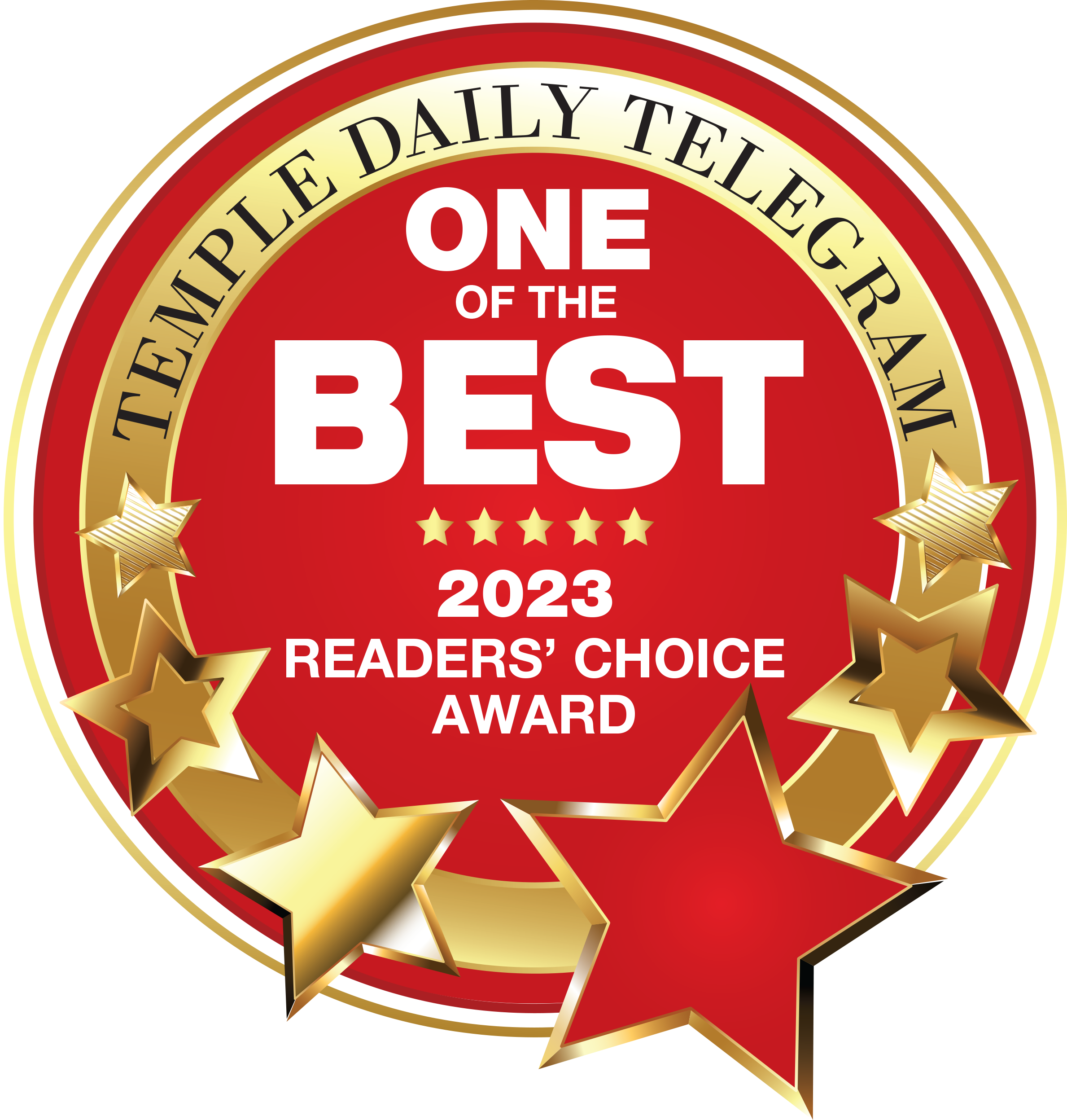The Latest on PPP Loan Forgiveness Applications
Updated 11/30/2020
The good news is that you received a PPP loan to help keep your business afloat during the pandemic. Also good news: You might be able to have that loan totally or partially forgiven.
The bad news? There’s a bit of paperwork in your future. You need to give the Small Business Administration a reason to let you off the hook. And, as with everything COVID-related, SBA guidelines are evolving as we speak.
So, we’ve gone over the latest updates to help you tackle the form(s) you need to fill out to submit to your lender. Here’s what you need to think about:
Step 1: When Did You Get the Money?
Look back through your bank register to see when funds from the PPP program were deposited into your account. This is your start date to spend the money.
Step 2: How Did You Spend It?
You need to prove that you spent, at minimum, 60% of the funds on payroll costs. The remaining portion can be used on expenses like rent, mortgage interest on business assets or property, utilities such as gas, water, telephone, and internet, as well as things like transportation expenses.
Quick Tip: Remember that payroll costs include all forms of cash compensation paid to employees and yourself before you took out taxes (gross payroll) including tips, commissions, bonuses, and hazard pay. You can also include company-paid health insurance and retirement benefits.
Step 3: How Much Time Do I Have to Spend the Money?
Initially, the rules stated that you had 8 weeks (56 days) to spend the funds, called the “covered period.” This summer, the SBA decided to offer loan recipients an option to spend the money over 24 weeks (168 days).
Which covered period is best for you?
“It’s actually pretty simple,” says Adam Haberer, a CPA and BGFN. “There’s one date you need to have in mind—June 5.”
If you received your loan on or after June 5, 2020, you must show how you spent the funds using the 24 week period.
But, if you received your PPP funds before June 5, you have a choice. You can tell the SBA how you spent the money over the 8 week or 24 week period.
“If they can, nearly all of my clients choose the 24-week option,” says Haberer. “It’s usually easier to show that you spent the money entirely on payroll over a longer period of time.”
Tip: If you used the 24 week period, you don’t have to wait to apply for loan forgiveness until the end of your covered period. If you’ve already spent the funds on payroll, for instance, go ahead and turn in your forgiveness application. That’ll be one less headache on your plate going forward.
Step 4: What form do I use?
The U.S. Treasury has 3 loan forgiveness applications to choose from.
Form 3508
This form is used for most businesses to explain how they spent the loan proceeds.
Form 3508EZ
Use this form if you are:
- a sole proprietor with no employees.
- self-employed with no employees.
- an independent (1099) contractor with no employees.
OR
- You didn’t reduce your employees’ hours or wages by more than 25% during the covered period.
AND - You didn’t reduce the number of employees during that period.
OR
- You didn’t reduce your employees’ hours or wages by more than 25% during the covered period.
AND - You didn’t reduce the number of employees during that period.
AND - Your business couldn’t operate at normal capacity due to shutdowns or government regulations related to the COVID-19 pandemic (the state ordered your business closed, for example, or you couldn’t operate due to CDC or Health & Human Services guidelines).
Form 3508S
Use this form if:
- Your loan was for $50,000 or less.
OR
Your loan was for $50,000 or less and your business stayed at full strength—you didn’t get rid of any employees or reduce their hours or wages.
Quick Tip: If you’re an independent contractor, self-employed, or a sole proprietor, you can use the PPP funds as “Owner Compensation Replacement” instead of traditional payroll.
Quick Tip: If you’re a procrastinator, you have 10 months after the last day of your covered period to get your application turned in. Mark your calendar—that’s a deadline you don’t want to miss. You’ll have to start making payments on the loan and interest might accrue until you get that application turned in and (hopefully) have your loan forgiven.
Question: What If My Loan Isn’t Forgiven?
You will have 5 years to pay it back. Here’s a link to a reliable resource to read more about the PPP program.
What now?
Grappling with the complexities of loan forgiveness is probably not in most business owners’ wheelhouse. For expert guidance, look to a CPA who can help you identify ways to save the most money and achieve total forgiveness (of your loan—we’re talented, but we’re not miracle workers). If you have questions, we’re here to help.


 Temple Daily Telegram’s Readers’ Choice has voted BGFN as one of Temple’s best CPA firms for over 20 years.
Temple Daily Telegram’s Readers’ Choice has voted BGFN as one of Temple’s best CPA firms for over 20 years.